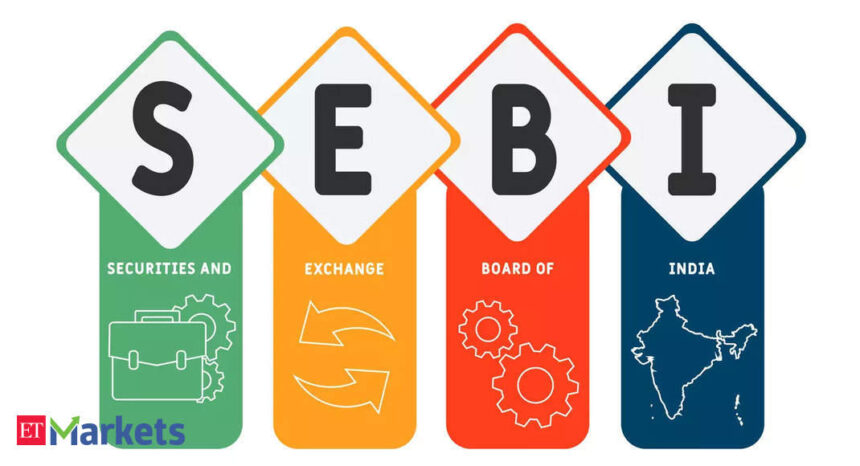In addition, it has suggested discarding the requirement of credit rating as a criterion for identifying an entity as LC and abolishing penal provisions for non-compliance with the borrowings rule by the LC, according to a consultation paper.
Under the current rules, large corporates are those that need to have an outstanding long-term borrowing of at least Rs 100 crore; a credit rating of ‘AA and above’ and a target to finance themselves with long-term borrowings (above 1 year).
To deepen the bond market, the capital markets regulator mandated large corporates to meet one-fourth of their financing needs from the debt market.
The Securities and Exchange Board of India (Sebi) has sought comments from the public till August 31 on the proposals.
In its consultation paper, the regulator has proposed that the term “incremental borrowings” should be replaced with “qualified borrowings”.
Also, Sebi has proposed abolishing the provision of a levying penalty in case of the failure of a large corporate to raise at least 25 per cent of their incremental borrowings through debt securities. Instead of imposing a fine, it has suggested that in case of shortfall or surplus by way of issuance of debt securities, additional or lower contributions, respectively, to the core Settlement Guarantee Fund (SGF) of the Limited Purpose Clearing Corporation (LPCC) should be made by the LC.
Presently, if at the end of three years, there is a shortfall in the requisite borrowings, a monetary penalty of 0.2 per cent of the shortfall in the borrowed amount is levied.
To ease the manner of computation and simplify the process of reckoning the specified level of borrowing, it has been proposed that the requirement of a specified level of borrower wing any LC should be made applicable on an annual basis.
Currently, the requirement of mandatory borrowing by an LC in a financial year has to be met over a contiguous block of three years from FY2022 onwards.








